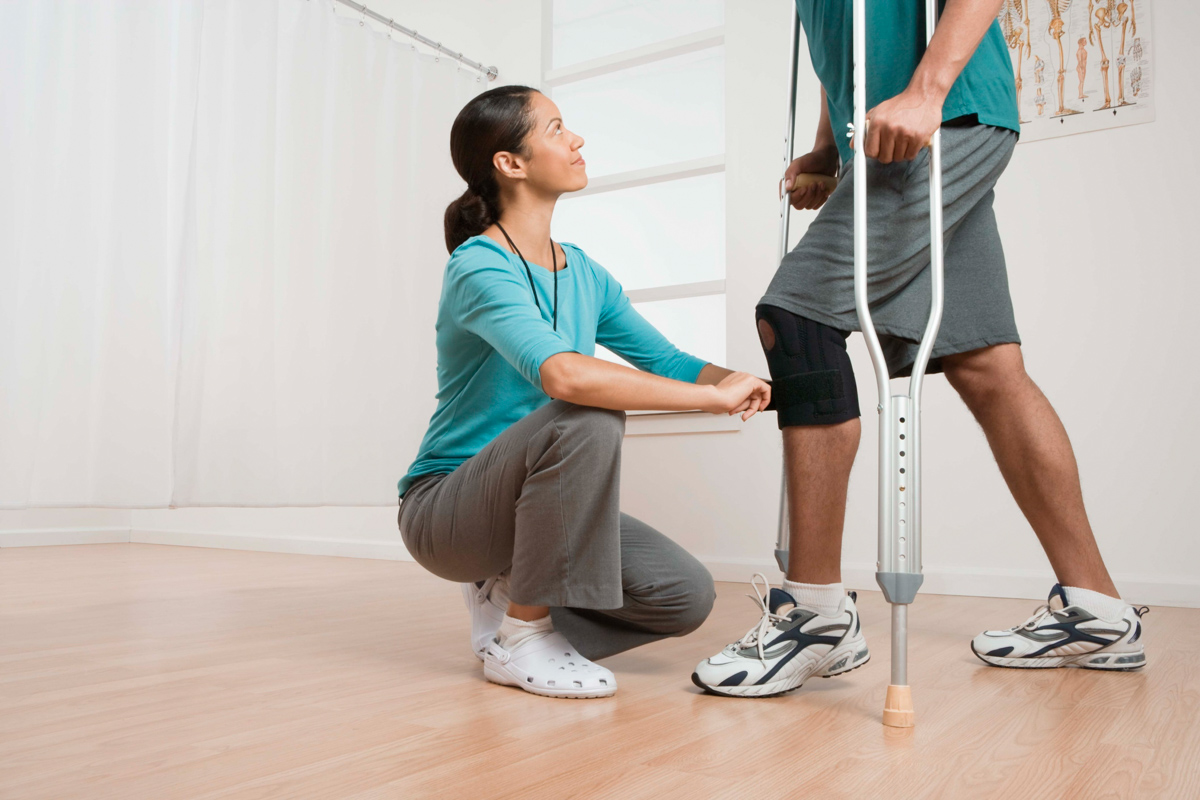Understanding The Way Acute Traumas Transform Sporting Performance Mechanics
Wiki Article
Acute injuries are unexpected harm that can happen during sports or physical activities. These traumas can greatly affect an athlete's performance and overall health. Frequent examples of acute injuries include twists, breaks, and strains. They occur rapidly and frequently result from accidents, such as tumbles, collisions, or improper actions. Comprehending how these traumas affect athletic capabilities dynamics is crucial for athletes, trainers, and healthcare professionals who work with them.
When an sportsman experiences an sudden trauma, the prompt effects can be quite severe. Pain and inflammation are frequent symptoms that can restrict mobility and function. For instance, a hoops player who injures an ankle may find it difficult to move or run. This limitation can lead to a reduction in performance, as players may find it hard to compete at their usual capability. Additionally, the psychological effects of an injury can also play a factor. Athletes might feel worried or apprehensive about returning to their sport, which can further influence their ability.
Recovery from an sudden trauma involves several phases, including rest, rehabilitation, and gradual return to activity. The initial focus is usually on controlling discomfort and inflammation. Health providers may advise ice, compression, and elevation to help with healing. Once the acute stage has ended, rehabilitation exercises become important. These exercises help restore power, elasticity, and extent of movement. Players need to adhere to a systematic rehabilitation plan to make certain they come back to their activity without risk and efficiently.
The long-term effects of acute injuries can vary. Some athletes may recover fully and return to their previous performance levels, while others may face ongoing challenges. more Chronic pain or weakness can develop if an trauma is not properly treated. This situation can lead to a cycle of re-injury or compensatory injuries in different parts of the physique. It is essential for players to be calm during the healing stage and to collaborate closely with medical professionals to tackle any remaining concerns.
In summary, sudden traumas can significantly alter how athletes compete in their activities. The immediate bodily and emotional effects can hinder performance and confidence. Recovery involves careful handling and therapy to guarantee that players can securely come back to their sports. Understanding the dynamics of acute injuries can help everyone involved in sports—from athletes to trainers to healthcare professionals—assist those impacted and promote a safe return to athletic performance.
